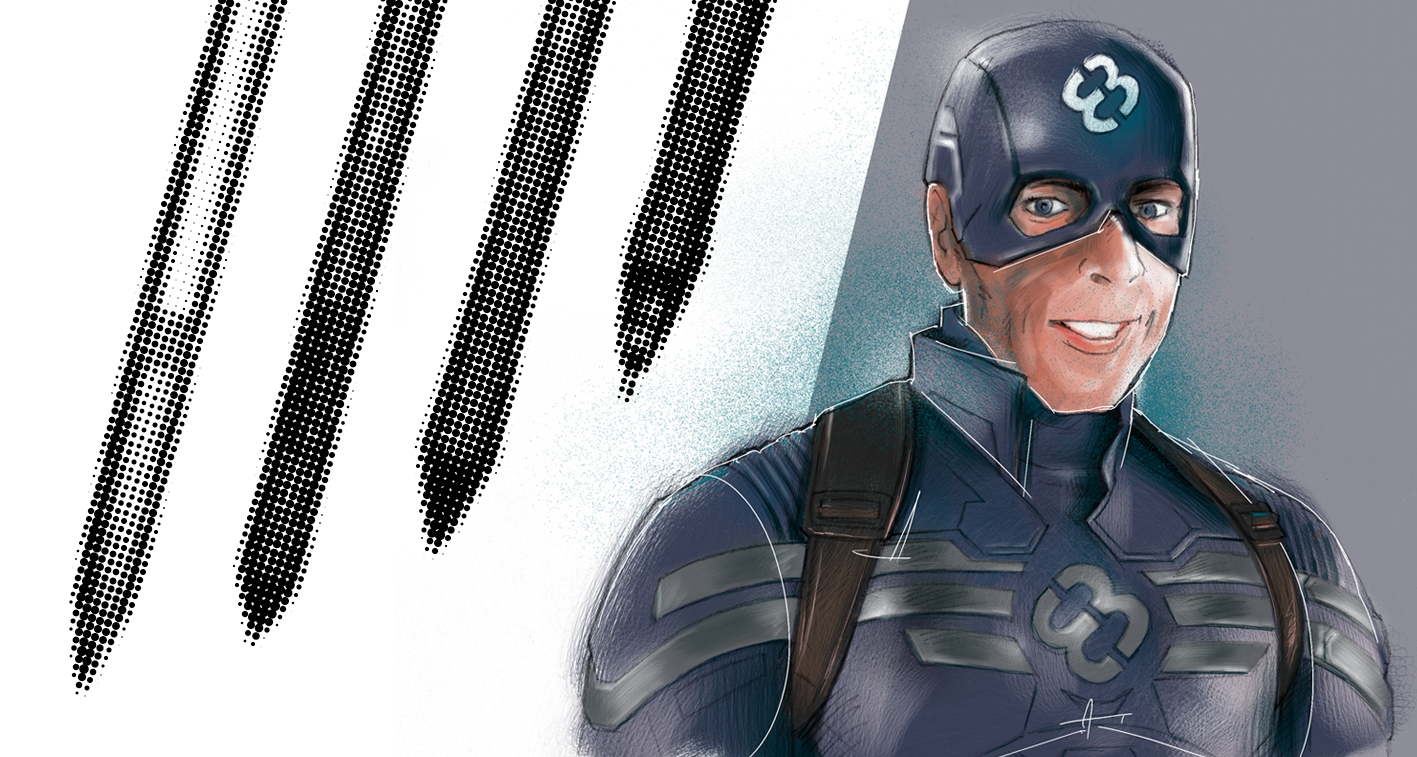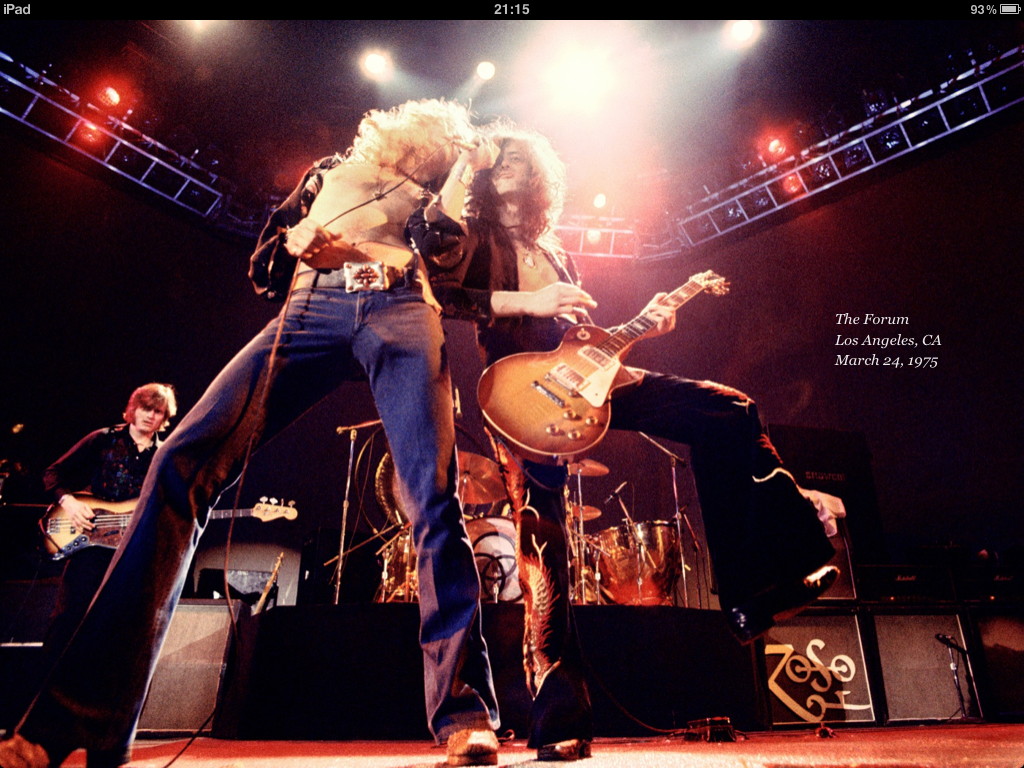If you’re looking for a comprehensive summary of everything covered in today’s WWDC keynote, move along now, there’s nothing to see here. If however you’re after a look behind the scenes of the Moscone memorandum and its impact on developers, brands and consumers over the next 12 months, you’re in the right place.
My day began at 3:15am when my alarm jolted me rudely into consciousness. As my jet-lagged brain took in the surroundings of my shabby-chic San Francisco hotel room, I checked the charge levels of my mobile devices. It was going to be a long day.
Armed with my 15” MacBook Pro, 11” MacBook Air, iPad Mini, iPhone 6, 42mm Apple Watch and a bag full of battery chargers, I made the ten minute cold, dark and lonely cab ride to the Moscone Centre. It was keynote day and to ensure a decent seat I had to begin my queuing ‘experience’ at 4am.
I’m no stranger to the iQueue. In 2010 I stood outside the 5th Avenue Apple Store in New York waiting a mere 12 hours for the launch of the iPad. We were 6th and 7th in line, behind representatives of the four corners of the world… and a guy in a deckchair that waits in ALL the lines. He’s not a developer so isn’t at WWDC.
You’d think 4am would be early enough, right? Not a chance. I began writing this crouched on the floor round the back of the Moscone West Convention Centre, next to the bins. This international globe-trotting ain’t as glamorous as you think. Assuming you think it’s glamorous of course.
To cut a long and rather tedious story short, the Moscone Center doors opened at 7am and the iQueue was directed like a shuffling chain-gang to the inner hall where our next 3 hour wait began.
Through a combination of running, elbowing and misdirection I found a seat in the front row of the ‘non-VIP’ enclosure with a good view of Tim Cook’s kick-off. He took to the stage to deliver the usual stats about global eyeballs and fingertips on iOS and OS X and positive words about Apple Watch.
Others will have summarised word-for-word the minutia of the keynote. As mentioned, I don't intend to do this so here are my top 5 announcements.
Watch Kit 2.0
Apple set the standard for Apple Watch apps early on. We were restricted to a limited feature set, using official Watch Kit designated GUI (Graphical User Interface) and restricted access to the sensors on the watch itself. We made the most of this with our Porsche Car Connect app, launched on Day 1. You can read more about that [here].
This tight control wasn’t out of character for Apple (the original iPhone didn’t even have an App Store at launch) and the idea was to keep the focus firmly on the hardware and its OS, rather than take the Android Wear approach and encourage a free for all.
At WWDC, the development door has been pushed open a little and we now have access to sensors and buttons not previously in our armoury, making the watch a much more interesting proposition when pushing creative barriers, if not breaking them all down just yet.
Consumers will appreciate the new photo watch faces and customisable content but I’m still waiting for full watch faces to make the device truly personal or an easy win for brands.
Apple Music
Hands up if you love iTunes… anyone? Bueller? Yep, it’s been a necessary evil since day one. Poor search (that still applies to the App Store and iBooks Store), cranky UI and little or no encouragement to actually access all your music, movies and books.
Apple wants all that to change with the introduction of Apple Music and Beats1. With the focus firmly on streamed music and playlists or shows curated by humans rather than algorithms, Apple have proved they are probably the only organisation capable of combining all the essential content, features and platforms to deliver an end-to-end music service.
That doesn’t mean everything they offer from the start will be the best but by placing it all in one place, they certainly make it easier. The music labels should also be happy with Apple Music as it offers them a higher profile for both new and established artists and brings music, video and more to an audience likely to pay for both a streaming service and downloadable tracks.
So, farewell to cranky old iTunes on our desktops? No, I'm afraid we'll have to suffer that for a while longer, until the new UI and user experience filters down from Apple Music. It's a shame this isn't a replacement, just an improvement to music discovery, not its storage once purchased.
Apple Music is available soon in the US, UK and Australia and on Android by the end of the year. The first three months access will be free then $9.99 a month. I think the Tide may have just gone out for Jay Z…
Apple News
It will probably be referred to as ‘News’ but whatever it’s called, it looks like a potential Flipboard killer. Having worked with publishers, Apple revealed its digital magazine platform, providing a customisable feed with live interactive content.
The proof will be in the simplicity of integration with online content and how this will be monetised when News looks as good as a regular digital magazine. Publishers or bloggers can now sign up to use ‘News Publisher’ and get their hands on the tools required. Watch this space…
Car Play
Greater integration and wireless connectivity and now Apple Music. All cars should offer both iOS and Android integration as standard in the next few years, adding functionality both in and out of the car so we’re ticking boxes here.
Clearly our Porsche Car Connect app is the perfect example of this but the challenge remains for designers, developers and marketers to make the brand experience as seamless as possible with both technical, lifestyle and service information living in digital harmony within the app ecosystem.
Apple TV 2.0
Only joking, it didn’t make an appearance because Apple hadn’t joined all the dots – hardware, software (including apps) and the big one… content. The content is there, it’s just the issues that remain, such as localisation, advertising and subscription models.
This hasn’t been an easy business for Apple as the direct download and rental models are far less complicated than streaming. Whilst Apple has been trying to own the end-to-end experience, the market has moved on around them with major players such as NetFlix and Amazon making substantial gains. Apple TV is still poised to make the next step very soon…
The two main headlines this year were Apple Watch OS2 and Apple Music. The rest provided interesting updates but nothing to change the world, unless you aim to use these tools to do it yourself.
WWDC is an Apple Event so naturally we all have iPhones and MacBooks of one shape or size. I’m comfortable with this as it’s the right (and in our collective opinion) the best kit for the job. I’m less at ease with the fact we all have Apple Watches. I’ve always worn a watch 1. to tell the time and 2. because I actually like wearing one - as a personal statement. It’s not very personal when everyone has the same thing.
I’ve ordered my personalised strap from Casetify to alleviate some design anxiety but I’m still not happy to run with the crowd. I’ll feature that strap later this week in my new Dawn of The DumbWatch article, alongside the Olio Model One and metal Cogito Classic.
I’m also surrounded by developers wearing the official WWDC15 fleece. I have mine on under a jacket as it feels a little like a school uniform. That and it was freezing next to the bins!














